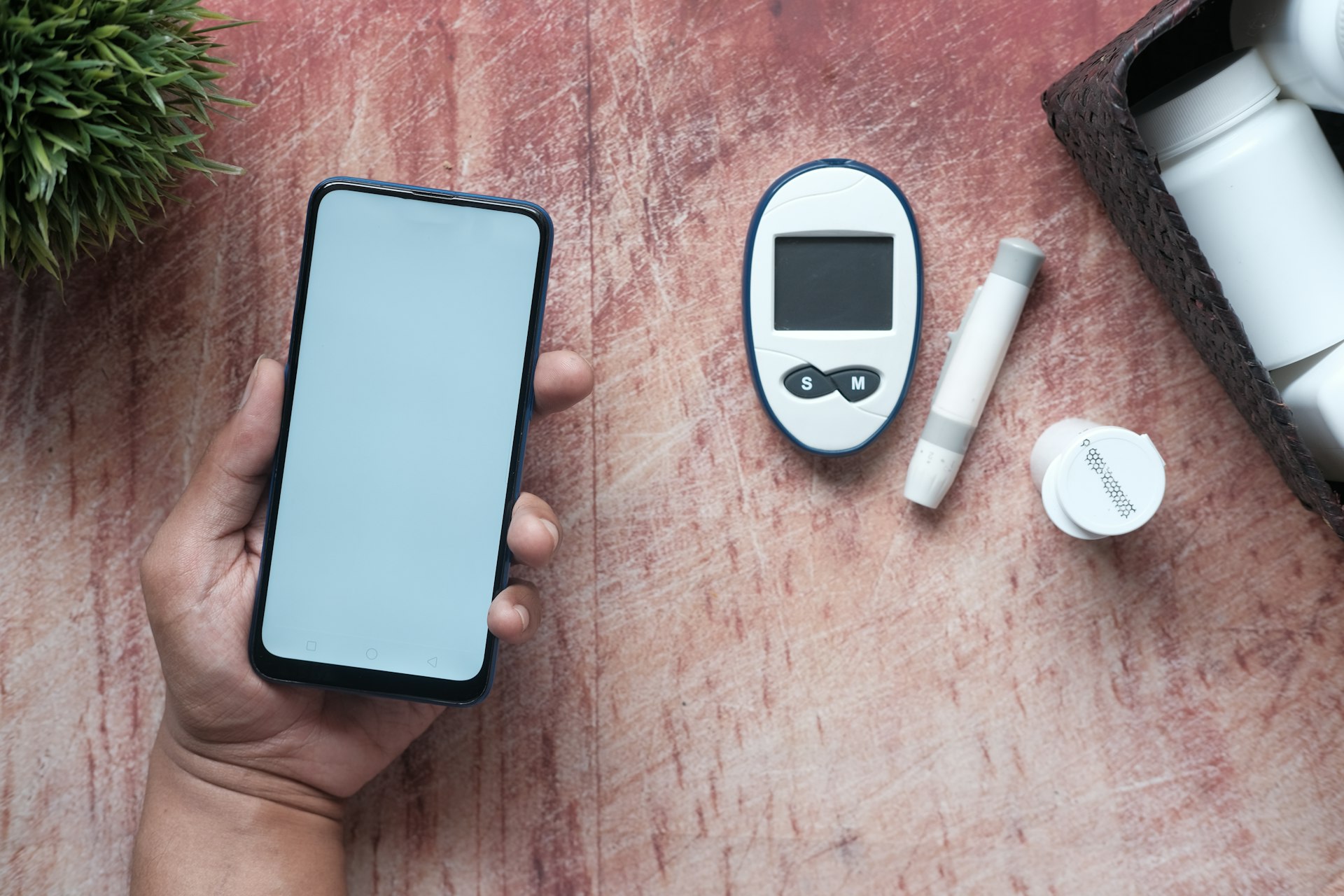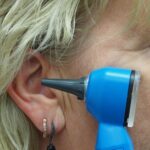Understanding Digital Wellness: Building a Healthy Relationship with Technology


Photo by Towfiqu barbhuiya on Unsplash
Introduction to Digital Wellness
Digital wellness, sometimes called digital wellbeing or digital health, is the intentional pursuit of a balanced, healthy relationship with technology in both personal and professional life. In a world where screens and digital platforms permeate every aspect of daily living, digital wellness addresses the profound impact that technology can have on our physical, emotional, and social health [1] . The goal is not to eliminate technology, but to use it in ways that support overall well-being rather than detract from it.
Why Digital Wellness Matters
As digital devices become integral to work, education, entertainment, and socialization, the risks associated with excessive or unmindful use grow. These include eye strain, poor sleep quality, increased stress, reduced physical activity, and even social isolation [3] . Digital wellness has emerged as an essential part of holistic health, intertwined with physical, emotional, and social dimensions of wellness [1] .
Core Principles of Digital Wellness
Digital wellness is grounded in several key principles:
- Mindful Technology Use: Being conscious of how, when, and why you use digital devices. This includes tracking screen time, avoiding mindless scrolling, and setting intentional boundaries.
- Physical Health: Managing the physical effects of digital use, such as taking regular breaks, maintaining proper posture, and protecting vision from prolonged screen exposure.
- Emotional Well-being: Recognizing the impact of digital content and interactions on mood, stress, and self-esteem. This also involves curating positive online environments and seeking support when needed.
- Social Connection: Balancing online and offline relationships, prioritizing face-to-face interactions, and setting device-free zones or times to nurture meaningful connections [1] .
How Digital Wellness Works in Practice
Achieving digital wellness is an ongoing, proactive process. Here’s how it works in real life:
1. Self-Assessment and Awareness
Begin by reflecting on your own technology habits. Many people underestimate their screen time or fail to notice the effects it has on their well-being. Use built-in tools on smartphones or computers to monitor daily usage. For example, both Android and Apple devices offer digital wellbeing or screen time dashboards that display app usage, notifications received, and total time spent online [3] .
2. Setting Boundaries
Establish clear rules for when and how you use technology. This could mean setting “no device” hours before bedtime, designating certain rooms as screen-free zones, or using “Do Not Disturb” features to minimize distractions during work or family time [2] . Many operating systems allow you to schedule downtime or limit access to distracting apps.
3. Mindful Engagement
Take an active, intentional approach to your digital interactions. Unsubscribe from unnecessary notifications, organize your digital workspace, and regularly declutter your device from unused apps. Practice digital mindfulness by asking yourself whether your online activity aligns with your personal goals and values.
4. Enhancing Physical Health
Prolonged device use is linked to eye strain, disrupted sleep, and musculoskeletal issues [1] . To counteract these effects:
- Take short breaks every 20-30 minutes to stretch and move.
- Adjust screen brightness and use blue light filters, especially in the evening.
- Maintain good posture and ergonomic desk setups for long computer sessions.
5. Fostering Emotional Well-being
Social media and constant connectivity can contribute to stress and anxiety. Curate your online environment by following positive accounts, muting negativity, and seeking supportive communities. Practice gratitude by sharing uplifting content and taking breaks from news cycles when needed [1] .
6. Balancing Social Connections
While digital tools can help maintain relationships, excessive online communication may lead to isolation. Schedule regular in-person activities and set boundaries for digital conversations. Consider organizing device-free gatherings or meals to strengthen real-world connections [1] .
Digital Wellness in the Workplace
Employers are increasingly recognizing the importance of digital wellness for productivity and employee satisfaction. Some organizations provide digital wellness training, encourage scheduled screen breaks, or implement tools that reduce digital distractions. For instance, microapps can automate routine tasks, allowing employees to focus on more meaningful work [2] .
Employees can take initiative by:

Photo by Markus Winkler on Unsplash
- Setting “focus hours” without digital interruptions
- Using communication platforms mindfully
- Advocating for wellness-oriented workplace policies
Step-by-Step Guidance to Cultivate Digital Wellness
- Evaluate your digital habits: Use device-provided tracking tools to log your daily screen time and identify patterns.
- Set achievable goals: For example, reduce non-essential screen use by 30 minutes per day. Replace digital activities with offline hobbies when possible.
- Establish boundaries: Turn on “Do Not Disturb” during meals, set app limits, and unplug at least an hour before bedtime.
- Promote healthy ergonomics: Adjust your workspace, use a stand for devices, and take regular movement breaks.
- Review your online environment: Unfollow negative accounts, mute toxic conversations, and seek supportive digital communities.
- Connect offline: Schedule device-free time with family and friends, participate in community events, or explore nature.
Challenges and Alternative Approaches
Transitioning to a digitally well lifestyle can be challenging, particularly if your job or social life relies heavily on technology. Common obstacles include work expectations for constant connectivity, digital addiction, and difficulty setting boundaries. To address these challenges, start gradually-make one small change at a time and build from there. Use accountability partners or digital wellness apps to help reinforce your goals.
Alternative approaches might include digital detox weekends, mindfulness meditation, or counseling if digital habits are interfering with daily functioning. Some individuals benefit from engaging with support groups or seeking professional advice, especially if they experience anxiety, depression, or other mental health concerns related to technology use.
Accessing Digital Wellness Resources
To learn more about digital wellness or to get support, consider the following steps:
- Search for “digital wellbeing” features in your device’s settings menu to access built-in monitoring and restriction tools.
- Ask your healthcare provider or mental health professional about digital wellness strategies, especially if you notice negative impacts from device use.
- Many employers offer digital wellness programs-contact your human resources department to inquire about available resources.
- For students, reach out to campus counseling or student wellness centers. Many universities now offer digital wellness workshops and newsletters.
- When seeking online information, prioritize established organizations, educational institutions, and official healthcare providers for trustworthy guidance.
Key Takeaways
Digital wellness is a dynamic, evolving practice that empowers you to use technology in ways that support-not undermine-your health. By staying mindful, setting boundaries, and seeking support when needed, you can enjoy the benefits of digital tools while minimizing their risks. The journey toward digital wellness is personal, but resources and community support are widely available for those ready to take the next step.






